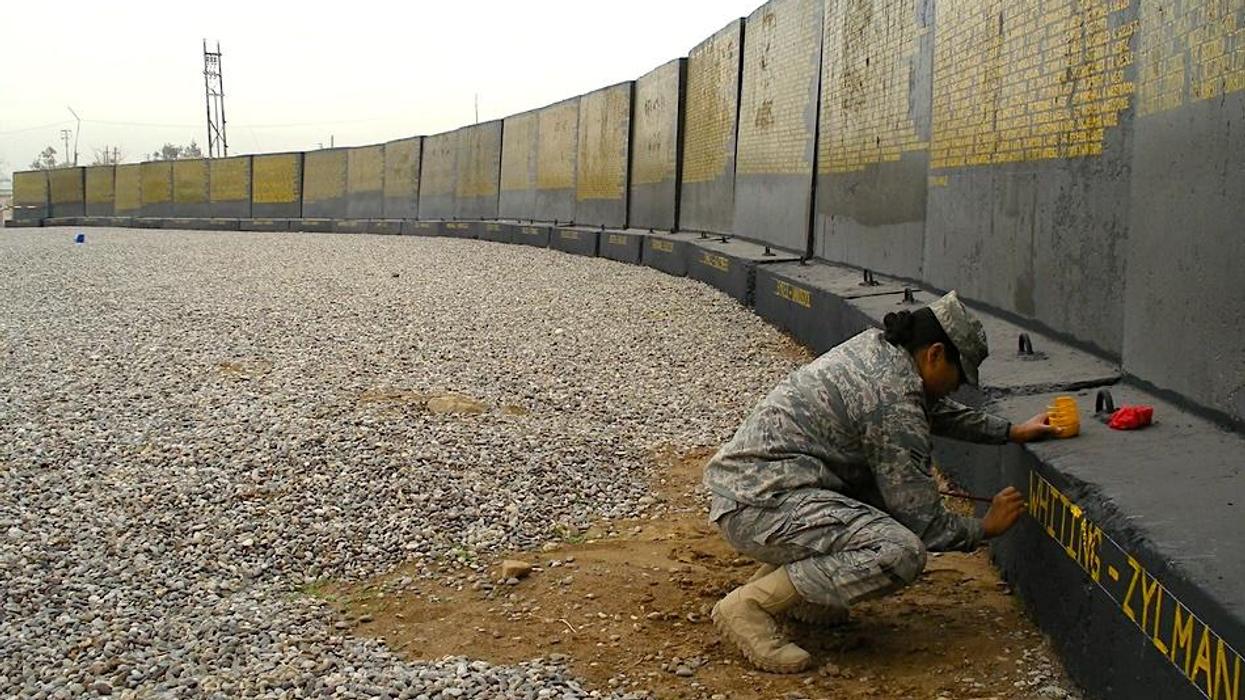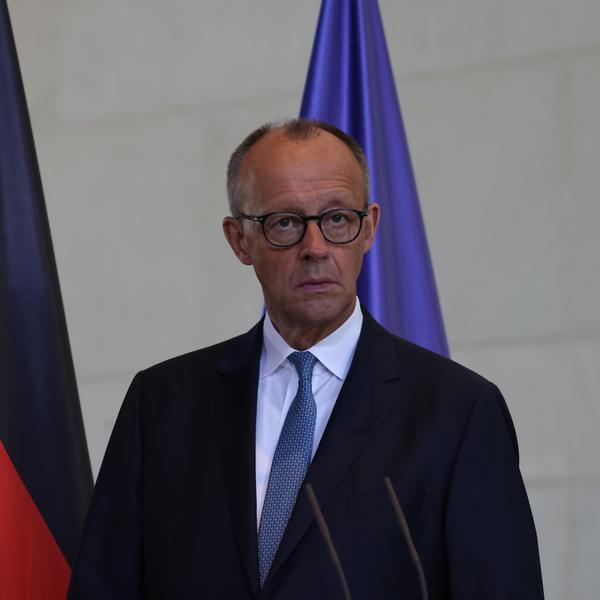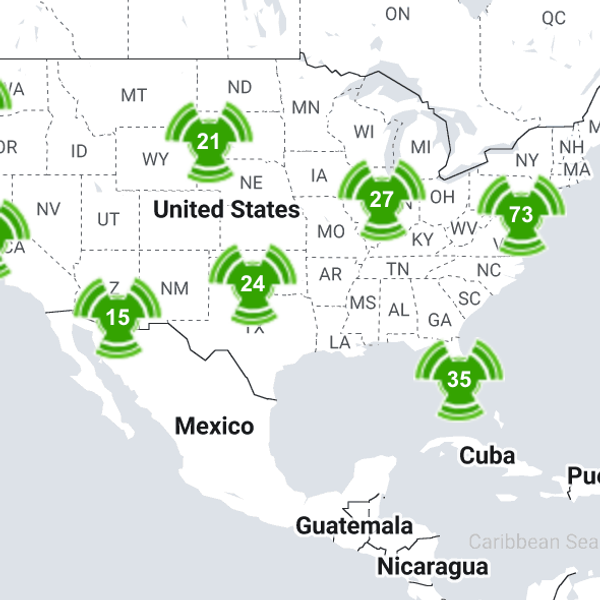It’s no secret that veterans and military families have, for decades, struggled to put food on the table. A new report by the Center for Strategic and International Studies (CSIS) released June 1, clarifies just how bad that problem is.
The June 7 policy brief launch — hosted by CSIS Global Food Security Program Director Caitlin Welsh — opened with a sobering statistic: according to a recent USDA-ERS survey of one major U.S. Army installation, one-third of respondents reported experiencing food insecurity. (The brief defines “food insecurity” with the USDA’s definition: “a household-level economic and social condition of limited or uncertain access to adequate food.”)
But it is much more widespread than one military base. As the brief notes, in 2019, the Military Family Advisory Network (MFAN) found that one in eight military respondents reported food insecurity. In 2020, this rate jumped to one in five. By spring of 2020, Syracuse University reported that “30% of veterans and 39% of active-duty respondents said they needed more food and nutrition resources.”
Tuesday’s panel also featured Rep. Jim McGovern (D-Mass.), Margaret Kabat, Senior Advisor to the Secretary of Veterans Affairs for Families, Caregivers, and Survivors; and Col. Christopher Reid and Col. Danielle Ngo – both of whom serve as Military Fellows at CSIS.
McGovern – Chair of the House Hunger Caucus – didn’t mince words, saying “the notion that [our veterans, active service members and their families] struggle with putting food on the table, I find offensive and it shouldn’t happen.”
Though the panel outlined some of the causes, extent, and repercussions of food insecurity among military families and veterans, it spent little time on the key issue raised by the Congressman — mainly, why the government was allowing this to happen. “Military families should be paid enough to not need food assistance,” he charged.
In other words, how is it possible that in a country with a 2022 defense budget of $782 billion, that its active duty service members are relying on programs like SNAP and WIC — federal assistance programs typically used by low income households — to feed their families?
“The defense industrial complex would have us believe that pumping billions of dollars into shiny new weapons systems is the total and complete answer. But if we can’t even afford to put quality food on the table for our service families … then something is extremely warped about our Pentagon budget priorities,” said Sarah Streyder, executive director of the Secure Families Initiative — a nonpartisan foreign policy and national security advocacy group made up of military spouses — in an email to Responsible Statecraft.
Not only is this a question of budget priorities, but according to McGovern, it’s a political choice.
“We have the food and the resources, what we lack is the political will,” McGovern said.
Col. Reid explained that a number of algorithms help determine the pay rates of military personnel. He said it’s supposed to be tied to national mean averages of different communities, but that it can be hard to account for challenges like inflation, housing market increases, and local variations.
“The data is sometimes flawed in how we set things up,” said Reid. “A lot of the form fitting that we had done across the nation and world doesn’t fit every site like it should.”
Streyder explained these algorithms also don’t account for the increasing diversity in the military. “Military pay scales are still a carryover from an era when service members were almost exclusively young and single [men],” she said.
The report found that families of color in active duty are two times more likely to experience food insecurity than white, non-Hispanic active-duty families.
Military service members are also more likely to experience food insecurity if they are women, junior-enlisted, have families, are disabled, or recently left the military. The report noted that those who left military service within a year were three times as likely to participate in SNAP than those active in the military.
The report emphasized that, as the military enrolls more people of color, women, and members with families, these disparities could hold important ramifications for national security by affecting military readiness, retention and recruitment. If Washington wants a strong national defense, and furthermore, insists on continuing to deploy forces to multiple conflicts abroad, then they must ensure servicemembers and their families are taken care of (with a living wage) back home.
“If you want your soldiers to be ready to fight…they can’t be worried about their families back home,” Ngo said. “If the soldier’s family is taken care of then the soldier is taken care of.”
Ngo shared that food insecurity was exacerbated during the pandemic. Even single soldiers who generally had access to healthy, balanced meals at dining facilities, were told to find food elsewhere in order to prevent the spread of COVID. Ngo said many single soldiers ended up getting “drive-thru” food which was both less nutritious and more expensive than on-base dining options.
Furthermore, Ngo added that when housing is filled up, families have to live off-base. As a result, military families can similarly lack access to inexpensive, healthy meals.
According to the report, food insecurity is also associated with mental health challenges, including suicidal ideation and “intentions to leave the Army.” Furthermore, children of service members are more likely to enlist as adults. The impacts of food insecurity in terms of malnutrition or even obesity may become obstacles to enlistment down the road.
Though the issue of poverty in the ranks and among veterans is not new, the discussion at this level seems to be. According to the brief, the Veterans Health Administration only started asking about food insecurity five years ago. And in November 2021, Lloyd Austin became the first Secretary of Defense to openly talk about food insecurity in the military.
During the panel, Reid said that the “true value of what the military does is its people.”
Naveed Shah, an Iraq War veteran and political director at Common Defense, said this is part of a systemic problem in which the DoD’s priorities are often skewed.
“The DoD needs to figure out what they are asking the troops to do and are they really spending the billions of dollars in the right way,” Shah said. “We hear over and over again about these cost overruns and military defense weapons programs … but as soon as anyone talks about the DoD cutting its budget by any amount, the first thing that comes on the chopping block is personnel.”
McGovern put it simply, “We owe it to those who serve our country to make sure they’re not going hungry…this should not be a radical idea.”
















